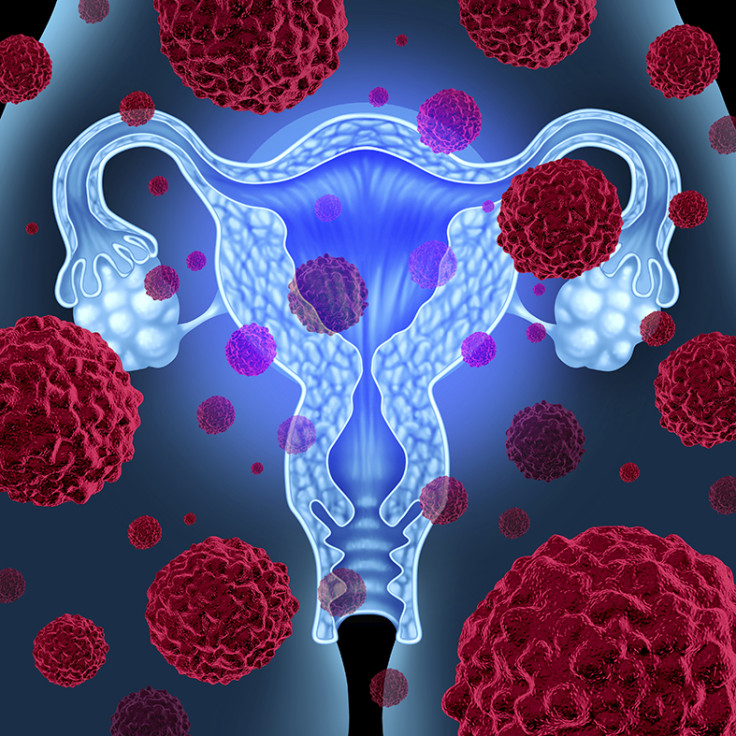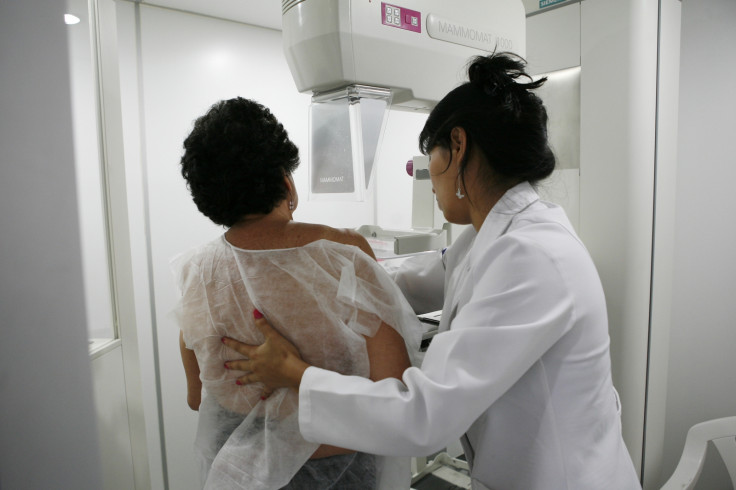Roca: Why you should be excited about the £150 ovarian cancer test set to launch this summer

An ovarian cancer test that is twice as effective as current screening methods is set to launch this summer after securing funding of £5.25m ($8m).
The risk of ovarian cancer algorithm (Roca) made headlines across the globe earlier in May after a study published in the Journal of Clinical Oncology showed it could detect 86% of ovarian cancer cases before symptoms presented. Current methods used detect just 41%.
Ovarian cancer is the second most common gynaecological cancer in women in the UK. In 2011, there were 7,100 new cases – more than 19 women every day. It has a fairly low long-term survival rate, with just 35% of patients diagnosed in 2010-11 expected to live 10 years or more.
One of the key issues with the disease is that symptoms often do not present until the later stages of the disease – around 30% of cases are found in the emergency room. And once the cancer has spread, it is difficult to treat.
Julie Barnes, CEO of Abcodia, a company that specialises in the discovery and verification of biomarkers for the early detection and screening of cancer, said the key thing about Roca is how much it advances current screening methods – namely ultrasound and the monitoring the protein CA125. Currently, if levels go above 35 units/ml, women are sent for more tests.
However, Roca monitors the changing levels of CA125 rather than using this cut-off point. The test was able to pick up over 85% of cases before symptoms show.
Compared with ultrasound – which looks for shadows on the ovaries – Barnes said that at present, around 50 women are operated on for one case of ovarian cancer. With the Roca test combined with ultrasound, this falls to four operations for one case.
Initially, when it launches later in 2015, it will be available through private practices at a cost of around £150. Abcodia also hopes to launch it in the US in 2015 or 2016 for a similar price.

Barnes said that while it will be a self-pay service at first, they hope to start reimbursement through insurance or the state. Eventually she would like to see it freely available through the NHS – but they will have to work up to this point.
"We've got to be patient," she said. "In the UK everybody has waited so long – it is the most wonderful endeavour that I've ever come across. It is the largest ovarian cancer screening trial in the world.
If you're going to roll it out to the 11 million post-menopausal women in this country, obviously that has a cost impact. But you also know there is that long-term immediate clinical value that's worth it for them
"We know that the NHS is very well versed and aware of Roca and the trial, and what they will do is assess that – the whole technology and the opportunity for a national screening programme run out of the NHS. But what they want to do is make sure there is clinical benefit, but obviously there is also the economic argument.
"Every screening programme does cost. If you're going to roll it out to the 11 million post-menopausal women in this country, obviously that has a cost impact. But you also know there is that long-term immediate clinical value that's worth it for them."
Screening services gap
At present, there is a gap in the screening services available where ovarian cancer should be. "If you think about what women worry about when they're over 50, ovarian cancer is one of them," Barnes said. "They probably don't need to worry about cervical cancer anymore because that's more of a young person's illness. They're already having breast screening. Ovarian cancer is one of those big holes in healthcare for a lot of women."
And Barnes believes women will be willing to pay for the test. At around £150, it is not a great deal more than paying to see the dentist every six months. On top of that, women are becoming increasingly aware of ovarian cancer through high-profile cases like Angelina Jolie, who recently opted to have her ovaries removed due to her BRCA1 gene mutation, which significantly increases the risk of the disease.

"I think we'll probably get a mix of people. I certainly think that cases like Angelina Jolie have warmed up women's understanding of ovarian cancer and from that perspective that will draw in certain individuals. BRCA mutations exist in one in 300 people so they're not insignificant," Barnes says.
I think we'll probably get a mix of people. I certainly think that cases like Angelina Jolie have warmed up women's understanding of ovarian cancer and from that perspective that will draw in certain individuals
"I think we'll get a good mix of the older woman who is just aware because her friends have had ovarian cancer. You feel a lump with breast cancer. Ovaries are very deep seated. In a post-menopausal woman, they're very small, and so the only real way you see symptoms is when the tumours get large and it spreads, you start to get bloating and a problems with your abdomen and pain. It's horrible."
In terms of what they plan to do with Roca next, Barnes said there are two main avenues. Firstly, they do not know exactly how long before symptoms appear the test picks up. She said once they know this, they would be able to bring it forward even further by looking at other markers that might cause CA125 to rise at earlier stages.
The other path is to work out how to pick up on the 15% of ovarian cancer that Roca currently misses – in these cases, the CA125 does not rise, so experts are looking at ways to include markers to detect these patients.
"We don't know yet, but they're the two areas I think we could improve on," Barnes said. "Certainly is the key message is we've made a big advance on the current standard."
© Copyright IBTimes 2025. All rights reserved.






















